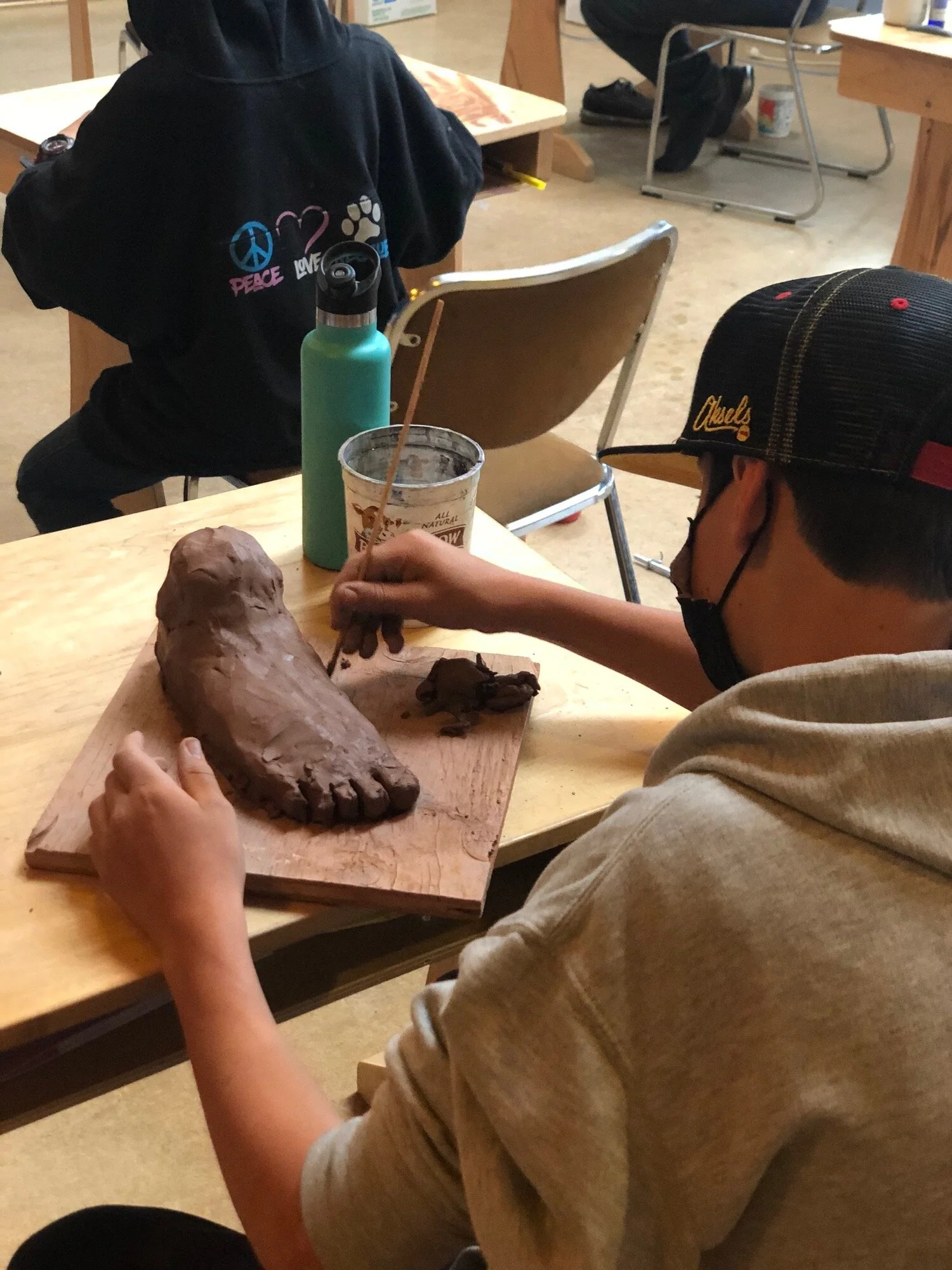In the Media: The Power Of Intrinsic Motivation
We’ve heard it more times than we can count: this year has been challenging. Many elements have been impacted and motivation is one piece that has become a bit of a hot topic. Adults and students alike have started to burn out. We could point a finger at the increased screentime, decreased human interactions or the continuing uncertainty but the truth is, we are most interested in discovering what is needed to keep students motivated to learn and grow, even through the most challenging of times.
“The Pessimist Sees Difficulty In Every Opportunity. The Optimist Sees Opportunity In Every Difficulty.”
According to a recent article in The New York Times, the starting point is considering the difference between intrinsic and extrinsic motivation. The articles continues on to detail, “Intrinsic motivation takes over when we have a deep and genuine interest in a task or topic and derive satisfaction from the work or learning itself. Extrinsic motivation, on the other hand, gets us to work by putting the outcome — like a paycheck or a good grade — in mind.”
How does this come in to play for students navigating the challenges of our world today? According to the New York Times, “Intrinsic motivation is the one (motivation type) that tends to be prized in educational circles, and with good reason. It is linked to higher levels of academic achievement and greater psychological well-being.”
In Waldorf Education, grades, tests and homework, common extrinsic motivators in education, aren’t used in traditional ways. In fact, you won’t find our students with homework until they are often begging their teacher for work to do beyond the classroom. A desire that stems from their interest and engagement with the topics and the novelty of homework itself, rather than something demanded of them. Tests and formal grades are used sparingly in the upper grades (5th-8th).
As stated in the New York Times, intrinsic motivation is “most likely to flourish in situations where students feel autonomous, supported and competent, but often fails to take hold when they feel controlled, pressured or unsure.”
In Waldorf Education, our students are guided to independent discovery through hands on and experiential learning. The expectation is to ask questions, be curious and seek new ideas, rather than memorize a single correct answer for an external stamp of approval. Topics are introduced through a range of mediums that allows students to engage with concepts at a level that promotes deeper learning and encourages curiosity and critical thinking (explore our window into 1st Grade curriculum below). Another key strategy to keeping students motivated is open conversations, both in the classroom and at home, both around their learning and what motivates individual students (this strategy is also suggested in the New York Times article). This is particularly important for middle school age children, where motivation tends to be the most strained.
To read the full article from The New York Times and more details around motivation, click here.

